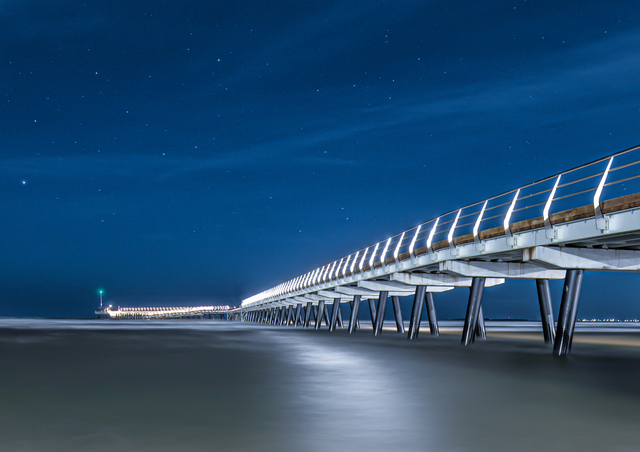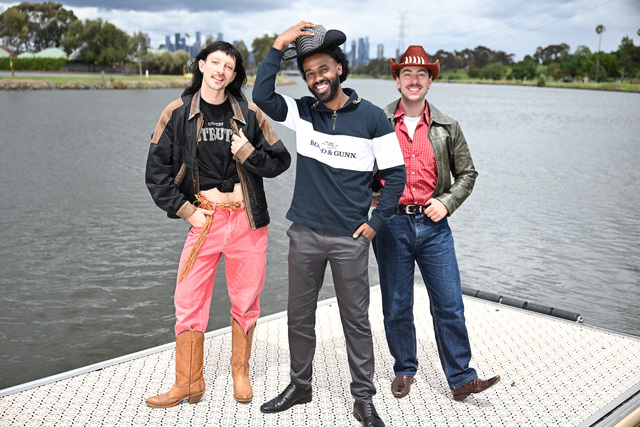The new Altona Pier has proven a huge hit with locals and visitors alike since it opened almost two years ago and now Australia’s landscape architects have expressed their approval too.
The rebuilt pier was honoured at the 2024 Australian Institute of Landscape Architects (AILA) National Awards in Melbourne on Thursday, October 24, taking out the Civic Landscape category.
Joint project designers, Site Office Landscape Architects, Jackson, Clements, Burrows Architects and AW Maritime won a Landscape Architecture Award for the pier rebuild which was commissioned by Parks Victoria after the original structure was damaged by a storm in 2021.
One of the lead designers of the new pier, Site Office Landscape Architects’ Chris Sawyer, said winning the award was especially thrilling given architects don’t often receive thanks for working on these type of projects.
“To be recognised by your peers in the industry is very satisfying,” Mr Sawyer said.
Altona Pier wasn’t the first time architects from the three firms had worked together to design such a structure, having already already collaborated on the redevelopment of St Kilda Pier, a much bigger project that is still underway.
Mr Sawyer said despite that experience, the Altona Pier rebuild still presented a unique challenge.
“It’s an unusual project a pier, because it’s not landscape, it’s not architecture and it’s not engineering, it’s typology that straddles all of those disciplines,” he said, adding that the history and status of the Altona Pier added an extra layer of difficulty.
“A pier like Atona Pier is a lovely thing to design because it’s primarily a pedestrian function, but at the same time it was nerve wracking because the local community in Altona had a very very strong attachment to the original 100 year old timber pier, so there was a great responsibility to make sure that the replacement pier lived up to the expectations.”
Fortunately for Mr Sawyer and his colleagues, the new pier has not just met, but exceeded those expectations, something he attributes to it being built with timber.
“The old pier was timber and people really respond to timber as a material,” he said.
“It’s a tactile, warm material and most modern piers are constructed from steel and concrete. The focus was very much on making sure this wasn’t just an engineered solution.”







